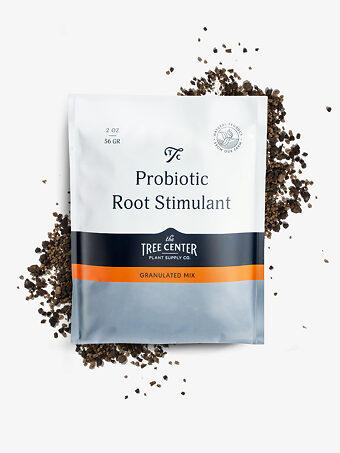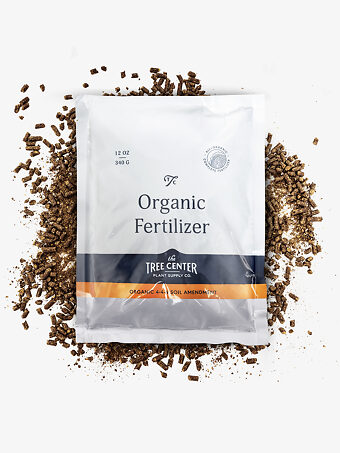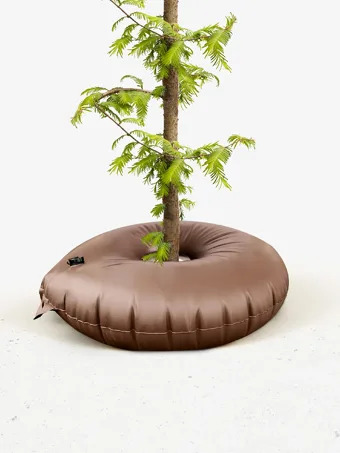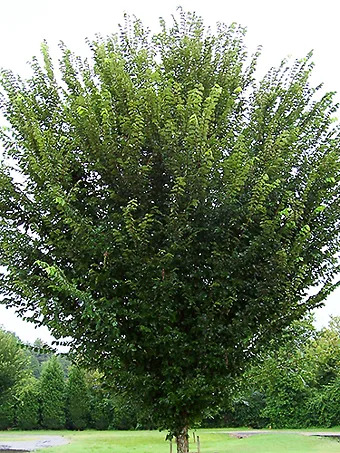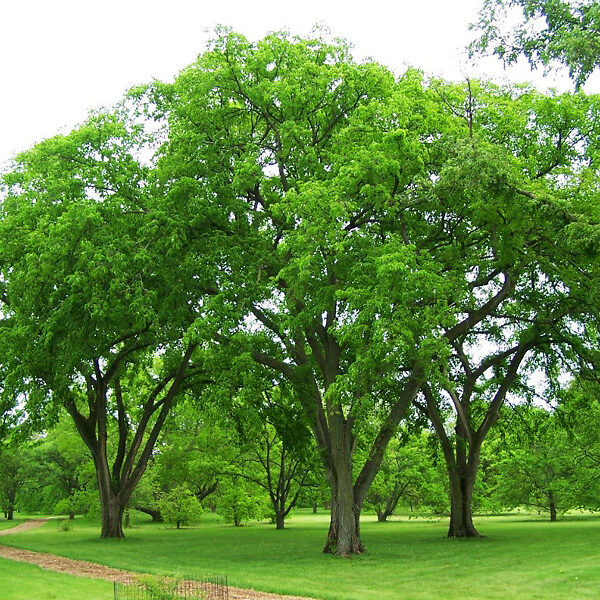
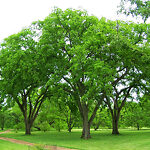
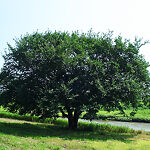
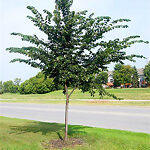

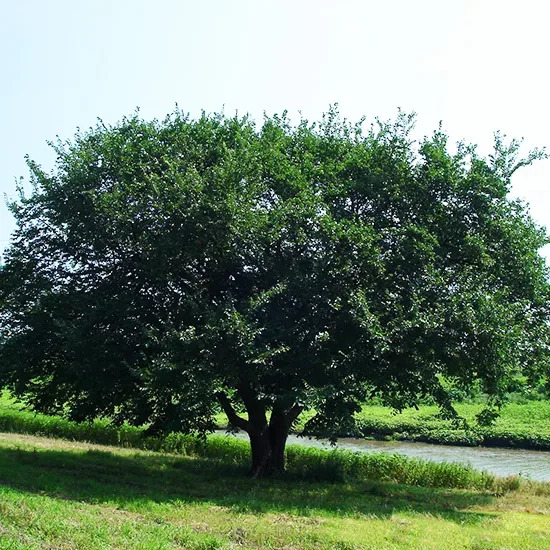
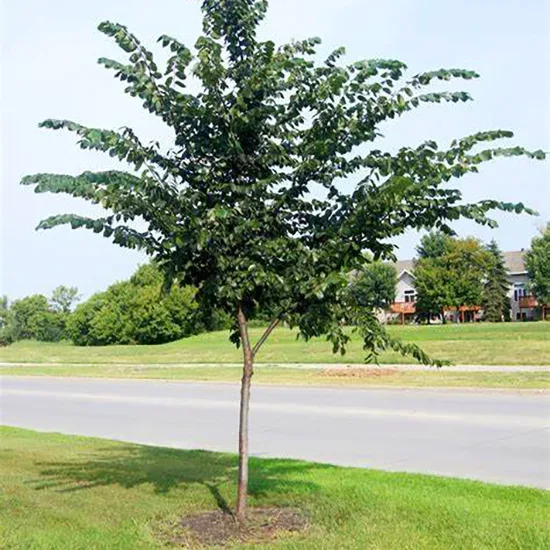
Prairie Expedition® Elm Tree
Ulmus americana 'Lewis & Clark'View more from Elm Trees
Prairie Expedition® Elm Tree
Ulmus americana 'Lewis & Clark'
this item doesn’t ship to
The Prairie Expedition® Elm Tree is a variety of the American elm tree that has high resistance to the deadly Dutch Elm Disease, and that offers hope that we can again see these magnificent trees in our gardens and streets. It grows rapidly into a tall tree with an arching, cathedral-like crown, reaching 60 feet tall and 40 feet wide when mature. It makes a classic shade tree for a lawn, an avenue or screening tree, or a splendid addition to a woodland. The lustrous dark-green leaves turn yellow in fall and the rugged trunk is a beautiful feature.
- Classic American elm – not a hybrid
- High resistance to Dutch Elm Disease
- Magnificent shade tree with cathedral-like crown
- Perfect shade tree – and fast-growing
- Thrives even in difficult locations and poor soils
Full sun is best for the Prairie Expedition® Elm Tree, which grows in almost all conditions, from cold zones to hot; dry soil to wet; sand to clay; and acid to alkaline conditions. It doesn’t suffer from pests or diseases, and although not immune, it does have high resistance to Dutch Elm Disease. Some formative pruning is helpful to create the perfect tree, but this tree is very self-sufficient, once established.

Botanical Name:
Ulmus americana 'Lewis & Clark'
Mature Width:
35-40 ft
Mature Height:
55-60 ft
Grows Well In:
Zones 3-9
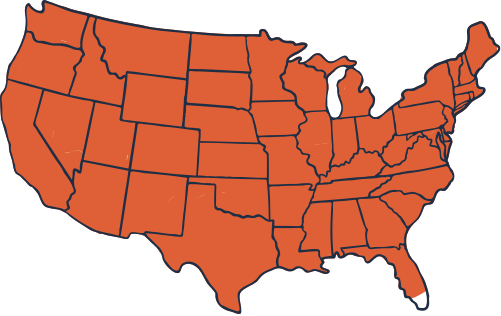
Sun Needs:
Full Sun
Water Needs:
Low
Growth Rate:
Fast
Flower Color:
Green
Flowering Season:
Spring
